Cities are under pressure: more vehicles, tighter kerb sides, and rising expectations for safer, cleaner, faster journeys. Traditional manual counts and occasional surveys can’t keep pace with real-time conditions. What city teams need is always-on mobility intelligence that is actionable today and defensible for long-term planning. AI-based ANPR (Automatic Number Plate Recognition) delivers exactly that turning road cameras into continuous vehicle sensors that feed both operations and strategy from the same data stream. In this article, we’ll dive into how AI-based ANPR systems work and where they can make the difference as a solution to improve cities.
How do AI-based ANPR systems work?
AI-based ANPR uses deep-learning models to detect a vehicle’s number plate in live video, read its characters reliably, and attach time, location, and lane context to each observation. Modern systems couple plate reads with auxiliary cues (vehicle class, make/brand, colour) and run at the edge for low-latency alerts, while aggregating data centrally for analytics and planning. This combination enables instant automation (e.g., access control, alerts) and high-quality telemetry for performance management.
Traffic analytics & mobility planning: where ANPR makes the difference
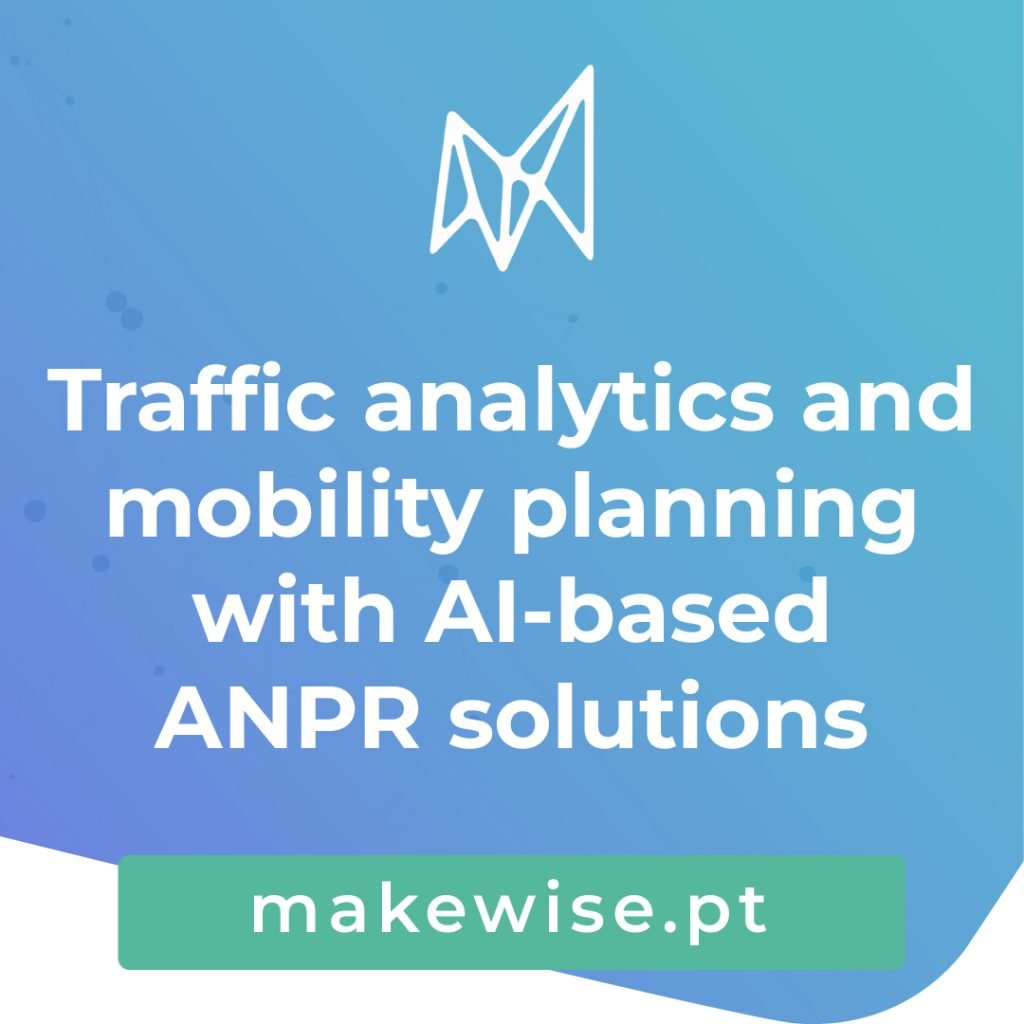
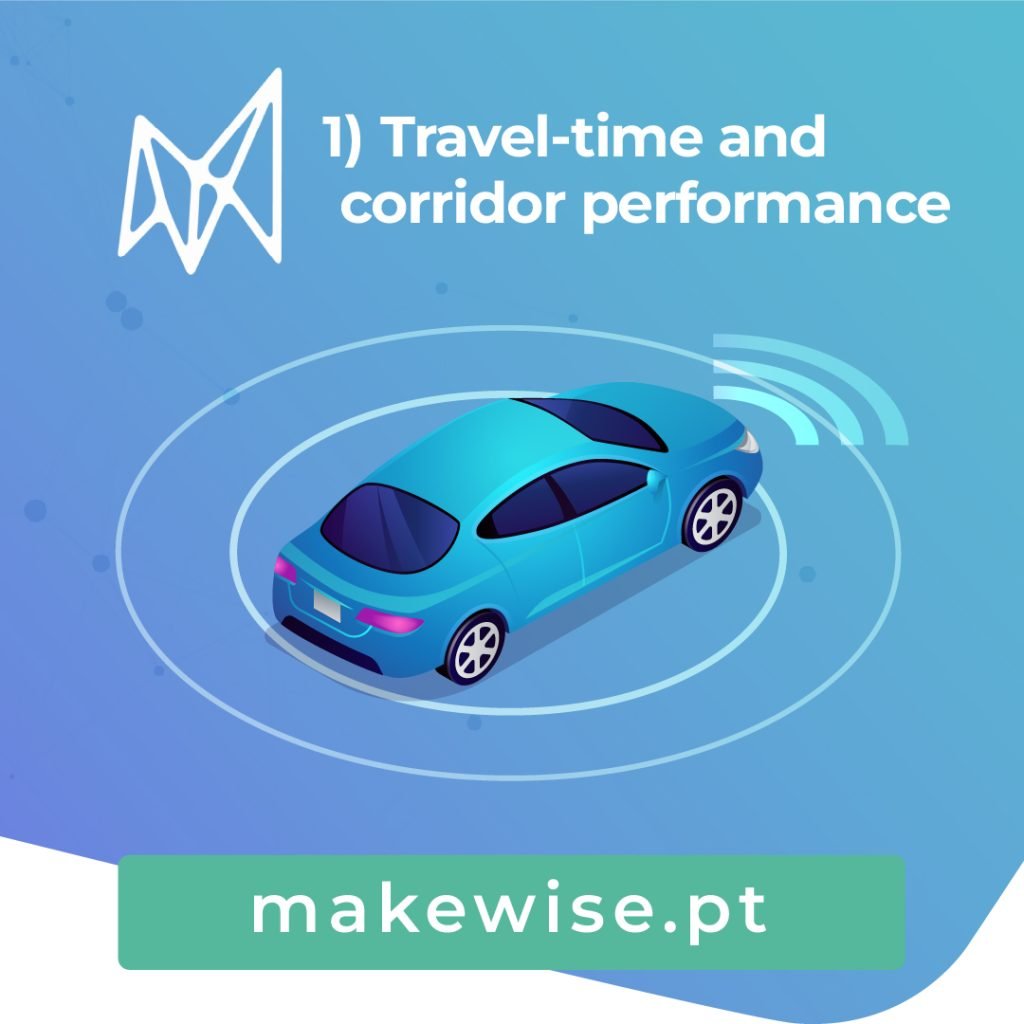
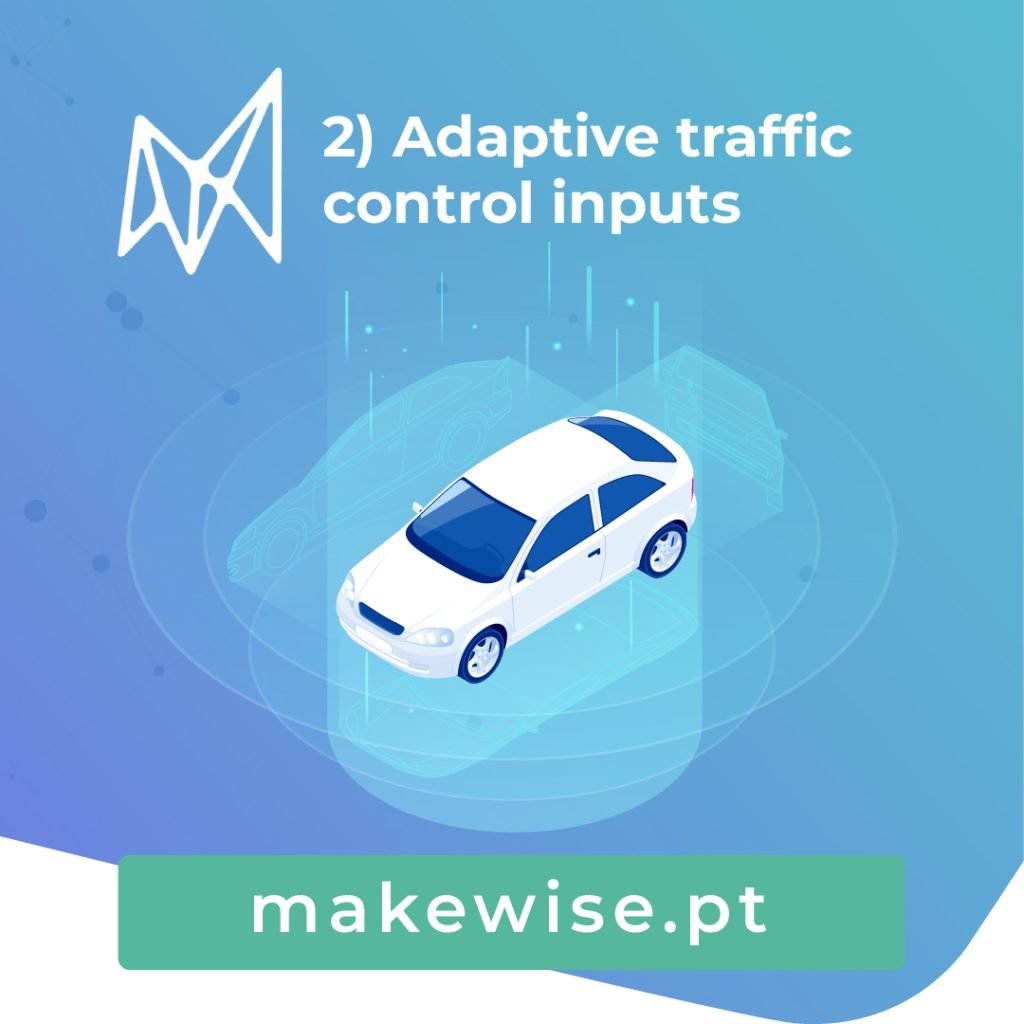
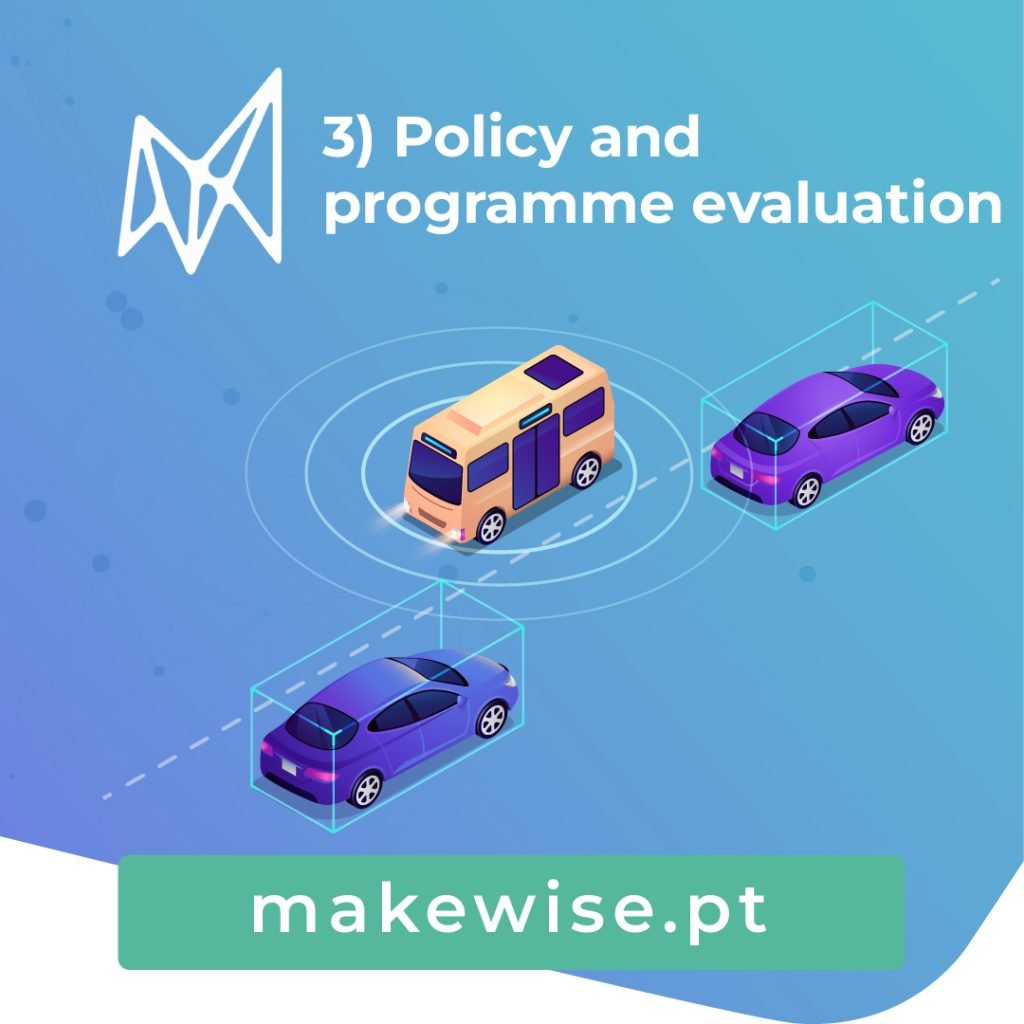
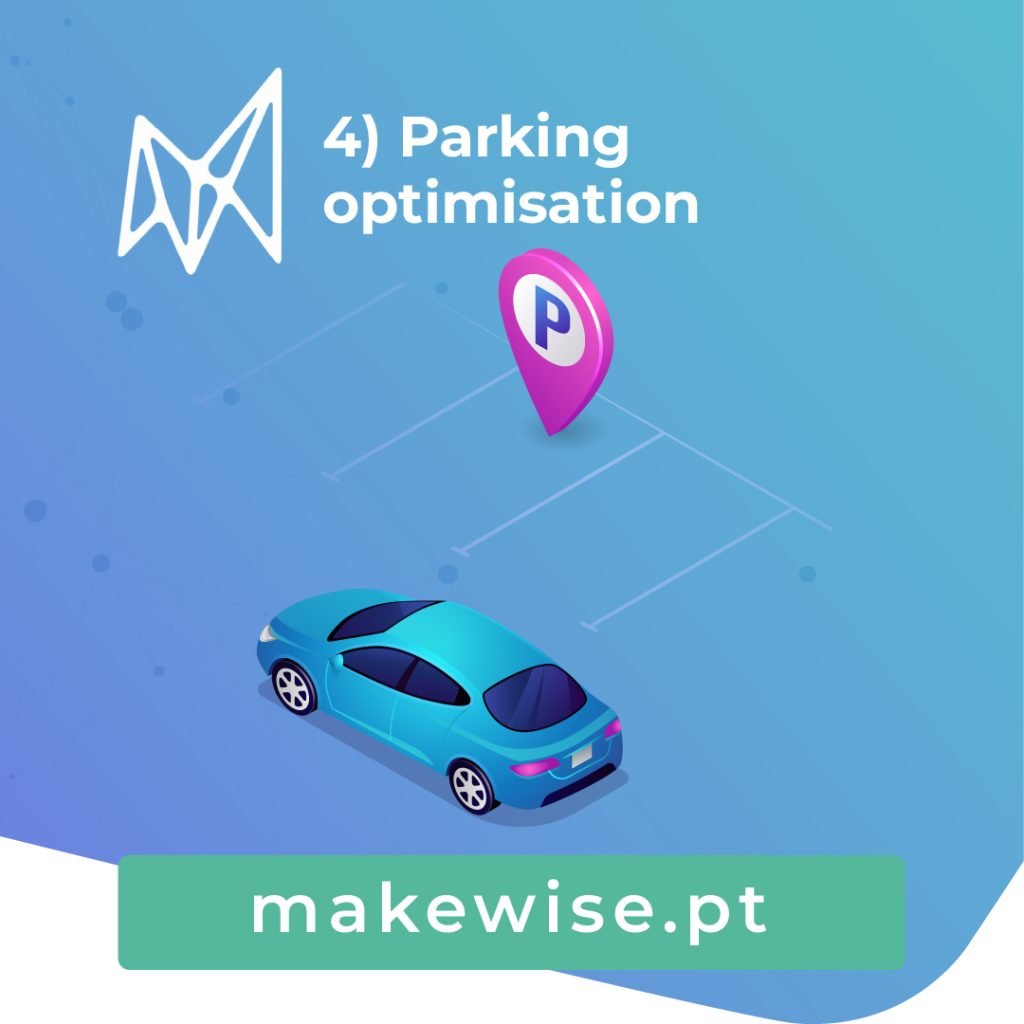

Traffic analytics and mobility planning only succeed when the underlying data is continuous, granular, and trustworthy. AI-based ANPR provides precisely that by turning each plate read into a time-stamped, location-specific signal of real vehicle movement. Aggregated under privacy controls, these signals reveal how corridors actually perform, how demand shifts throughout the day, and where interventions will have the greatest impact. The result is a single data stream that powers day-to-day operations and long-range planning without costly manual surveys.
- Travel-time and corridor performance: derive link-level and end-to-end journey times continuously to track KPIs and variability.
- Adaptive traffic control inputs: feed real-time volumes and turning ratios to signal strategies, easing bottlenecks and reducing delay at critical junctions.
- Policy and programme evaluation: Quantify before/after impacts for bus priority, low-emission zones, school streets, and kerb pricing with high-frequency evidence.
- Parking optimisation: enable ticketless, plate-in/plate-out operations, identify overstays, and support dynamic pricing to improve turnover and user experience.
MakeWise spotlight: PLATE.VISION
The PLATE.VISION is a real-time vehicle identification software (License Plate, Vehicle Identification Number, Brand, and colour, etc.).
- Application in critical scenarios: filling stations, road tolls, car parks, etc.
- Multiple types of identification: License plate, vehicle identification number, Brand and colour, etc.
- Better Performance – Real-time processing and operation
- Multi-Platform – Server and desktop, cloud and mobile environments
AI-based ANPR gives cities two superpowers: trustworthy mobility data and instant automation. From adaptive signal control to equitable kerb side management and evidence-based programme evaluation, ANPR turns cameras into mobility infrastructure. With PLATE.VISION, MakeWise helps authorities deploy that capability at scale cutting congestion, elevating safety, and delivering smoother journeys for everyone.
Confirm all MakeWise’s solutions here and start your business digital transformation journey today. Contact us!

